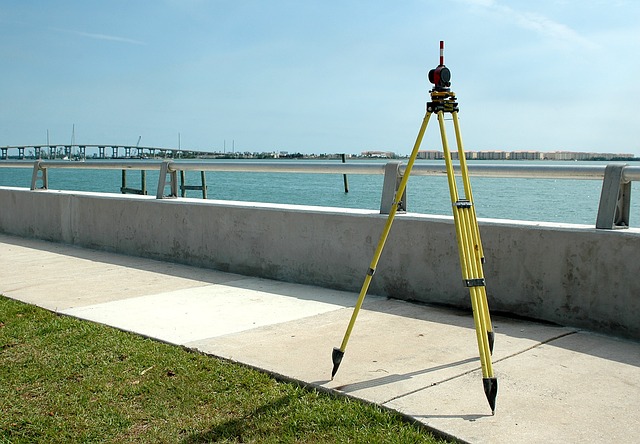A building review, also known as a house inspection, is basically a review conducted by a professional building inspector, an individual who’s licensed in a couple of areas qualifying him/her to render an expert opinion about whether a building complies with building code criteria. The individual inspector will inspect the construction both indoors and outside and inspect the mechanical and structural conditions of the construction. But one major reason why this kind of review is done would be to provide reassurance to the building tenants and owner the construction has passed safety and fire safety regulations. This is sometimes a very major benefit to land owners as it might keep their property from needing costly repair job.
What Does a Building Inspection Cover?
The purpose of a Pre Purchase Building Inspections Melbourne report would be to assist an owner or renter to prevent expensive repairs in the event the arrangement passed all inspections. It will also alert the owner or tenant to some minor defects that have been discovered during the inspection. Typically, a significant issue will bring about a comprehensive replacement to minor defects might require only minor repair function.
What Does a Building Inspection Cover?
In order to obtain a building inspection file, you’ll need to first identify the inspectors that are qualified to inspect the property. Normally, there are 3 types of inspectors that are commonly called on to inspect houses, condominiums, businesses or mobile homes. The inspectors who inspect homes are known as the house review group, the dwelling review team and the construction inspection team. You can identify the title of the building inspectors by taking a look at the address tags which are usually set on the building Permits or even a Title Report. If you aren’t certain about that inspectors are assigned to your house, you should contact your local Building Inspection section for further information.
It is important to remember that all construction inspections aren’t created equal. Some reviews concentrate on one facet of the structure, while ignoring others. In addition, some inspections are inclusive of numerous aspects of the structure. As an example, you might get a construction inspection report that includes a discussion of their roof, insulation, exterior concrete and joist flanges in addition to other visible regions of the construction. A qualified construction inspection report should include an accurate overview of all visible conditions for each area inspected.
The purpose of a building inspection report is to give an operator or renter with an accurate description of the state of the property. As an example, the report will include a comprehensive description of the status of the roof covering, whether there are visible signs of damage such as missing shingles, broken windows and other visible signs of wear and tear. The contractor may also suggest ways that you could avoid costly repairs later on. If a roof has to be replaced since it’s sustained significant damage, the inspector will suggest ways that the replacement will be effective without requiring extensive and costly repairs.
The objective of a roof review is to permit the construction and its contents to stay secure and functional. Additionally, the inspection will identify weak areas in the building envelope that could allow a dangerous escape or other catastrophic incident. When the roof is inspected, the contractor normally identifies problems with the roof exterior, attic, insulation, gutters and downspouts in addition to the associated plumbing, electrical, ventilation, vapor control and noise control systems. The roof outside, loft and inside walls are inspected separately. To learn more concerning the sorts of material which may be inspected, the inspector will provide this info in the report.
Building inspections don’t just handle the physical look of the arrangement. They’ll also address aspects that may affect the protection of the occupants of the building. Some common items addressed in construction inspections include the following: structural stability, pest control, water management, electrical, heating and air conditioning, and seepage. Specific elements that might affect the safety of the occupants include: if the building is free from toxic materials and the existence of asbestos.
Building inspectors perform many different types of inspections such as visual, thermal, and Pest inspection. Inspectors who perform thermal inspections need to make sure that the heating system and cooling system is working correctly and maintain a comfortable environment for the occupants. Visual inspections are needed when the construction requires careful and thorough consideration. Particular attention is provided to the roof, flashing, guttering, and interior plumbing.
